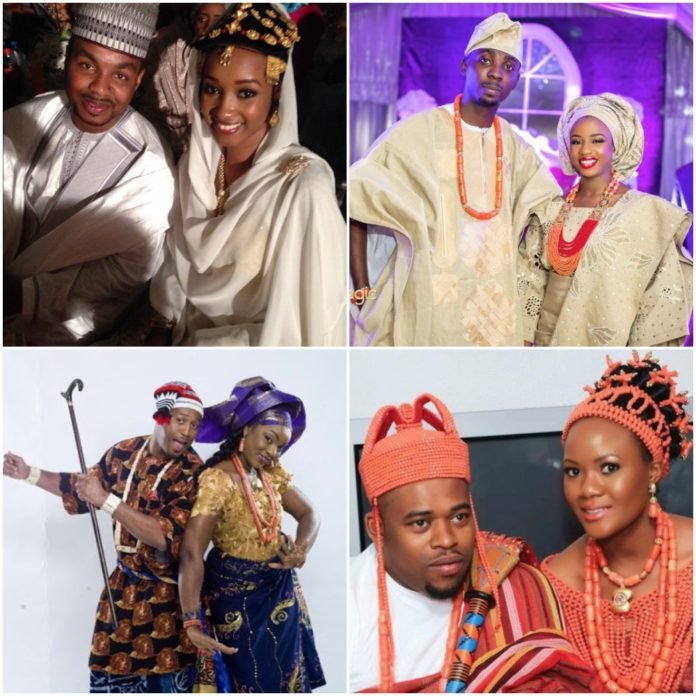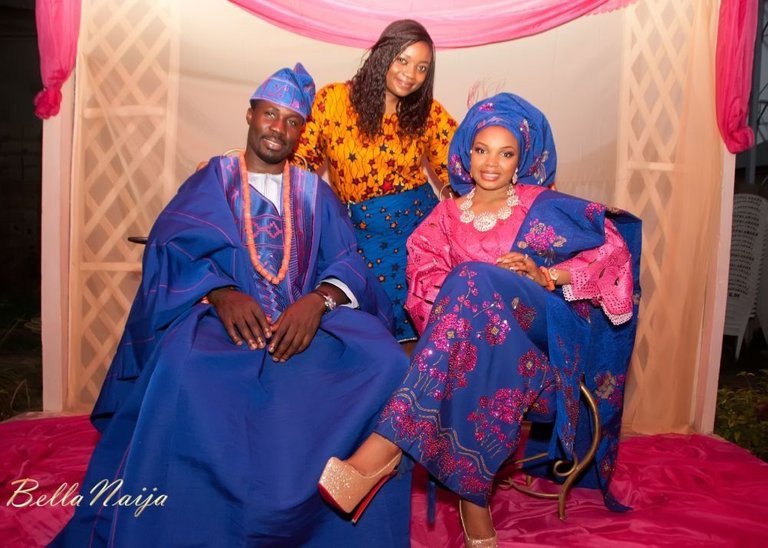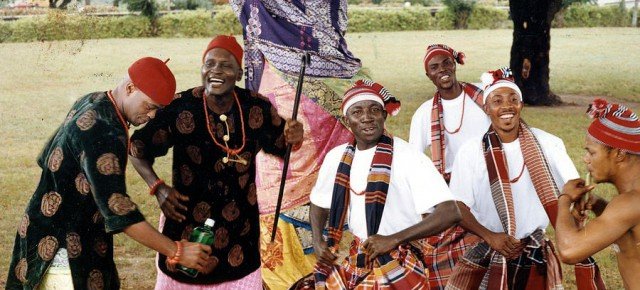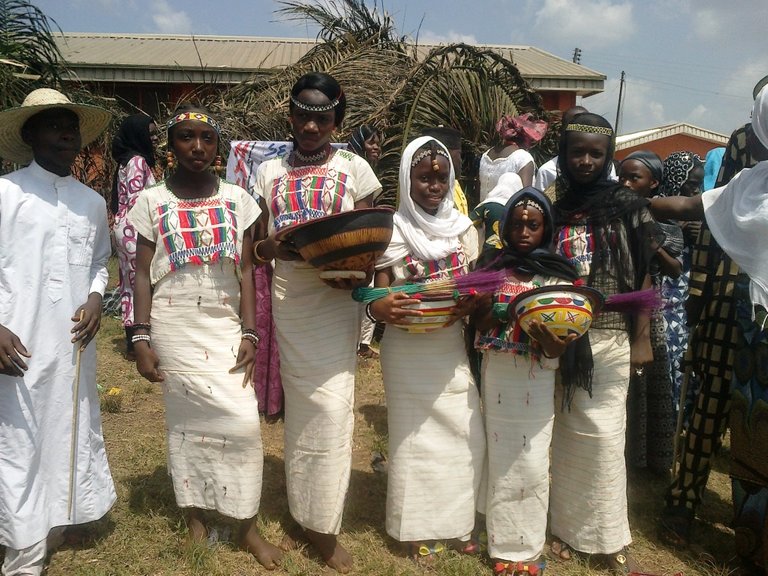If you're an intruder (human beings that aren't Nigerians) wondering approximately Nigeria fashion, that is the put up for you. I comprehend you are likely sitting there thinking approximately Nigerian style and why we dress the way we do or likely you're married to a Nigerian man/woman.
Yourba
The Western-style dress is worn in city areas. Traditional garb stays worn on essential sports and in rural areas. It could be very colorful and complex. Traditional fabrics were block found out with geometric designs. Women put on a head tie product of a rectangular piece of material. They deliver toddlers or more youthful kids on their backs through the usage of trying some different square material spherical their waists. A 0.33 cloth can be worn over the shoulder as a scarf over a loose-becoming, brief-sleeved blouse. A large cloth serves as a wrap-round skirt.
Igbo
The Igbo conventional clothing of the past usually consisted of little garb, because the reason of apparel first of all changed into virtually to conceal private additives, even though elders had been absolutely clothed, As colonialism have become extra influential, the Igbo tailored their get dressed customs. Clothing worn earlier than colonialism became “conventional” and worn on cultural activities. Modern Igbo traditional garb, for men, is normally crafted from the Isiagu top. Isiagu (or Ishi agu) is commonly patterned with lions’ heads embroidered over the clothing and may be a undeniable colour. It is worn with trousers and can be worn with both a ceremonial name holders hat or with the traditional striped men’s hat called Okpu Agwu. For girls, a puffed sleeve blouse on the facet of wrappers and a head tie is worn.
Hausa
Hausa guys are recognizable via their tough dress. Many put on massive, flowing robes (gare, babban gida) with tough embroidery across the neck. They also placed on colourful embroidered caps (huluna). Hausa girls placed on a wrap-round gown made of colorful cloth with a matching shirt, head tie, and headband.




Beautiful people, beautiful culture.